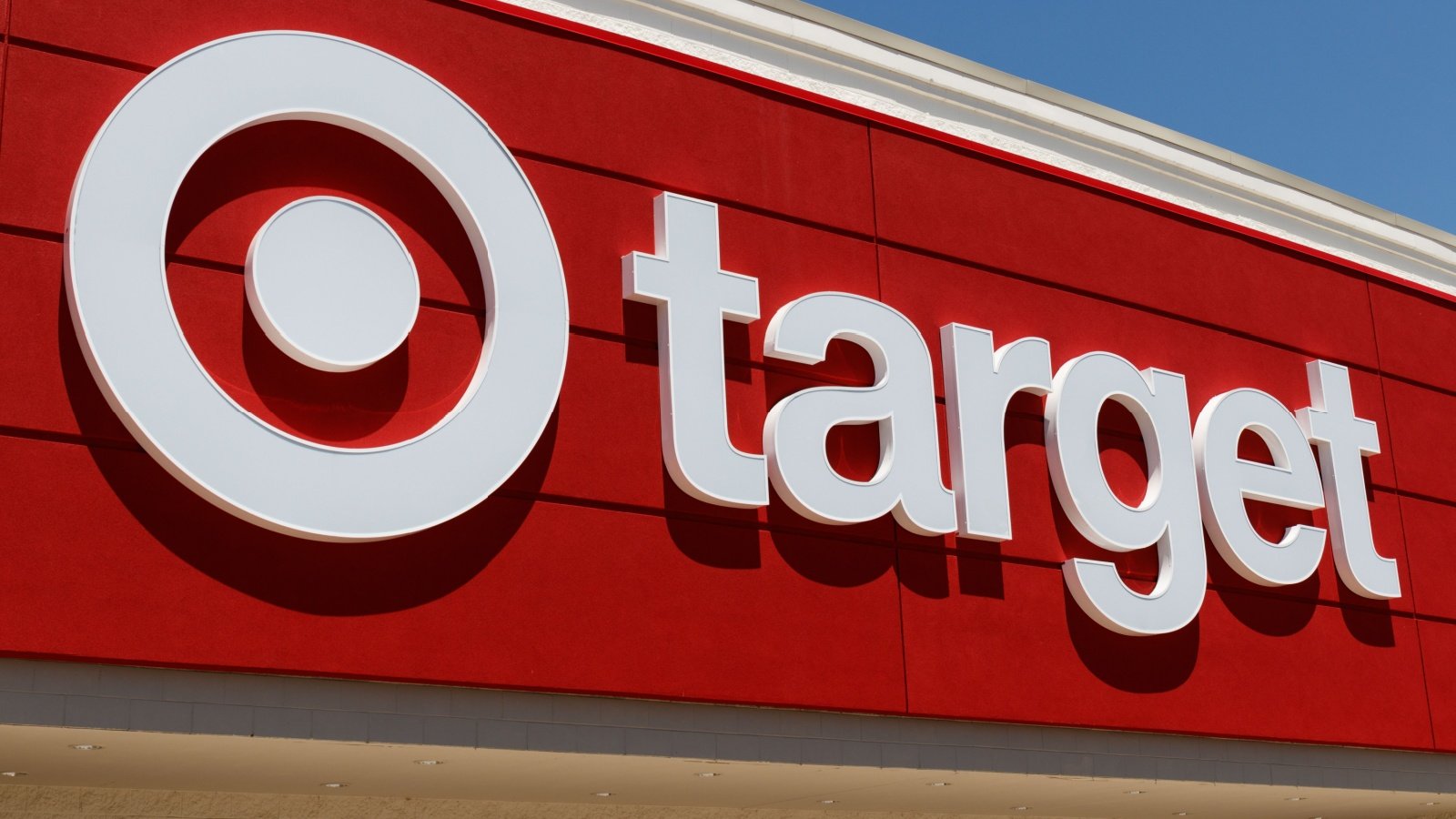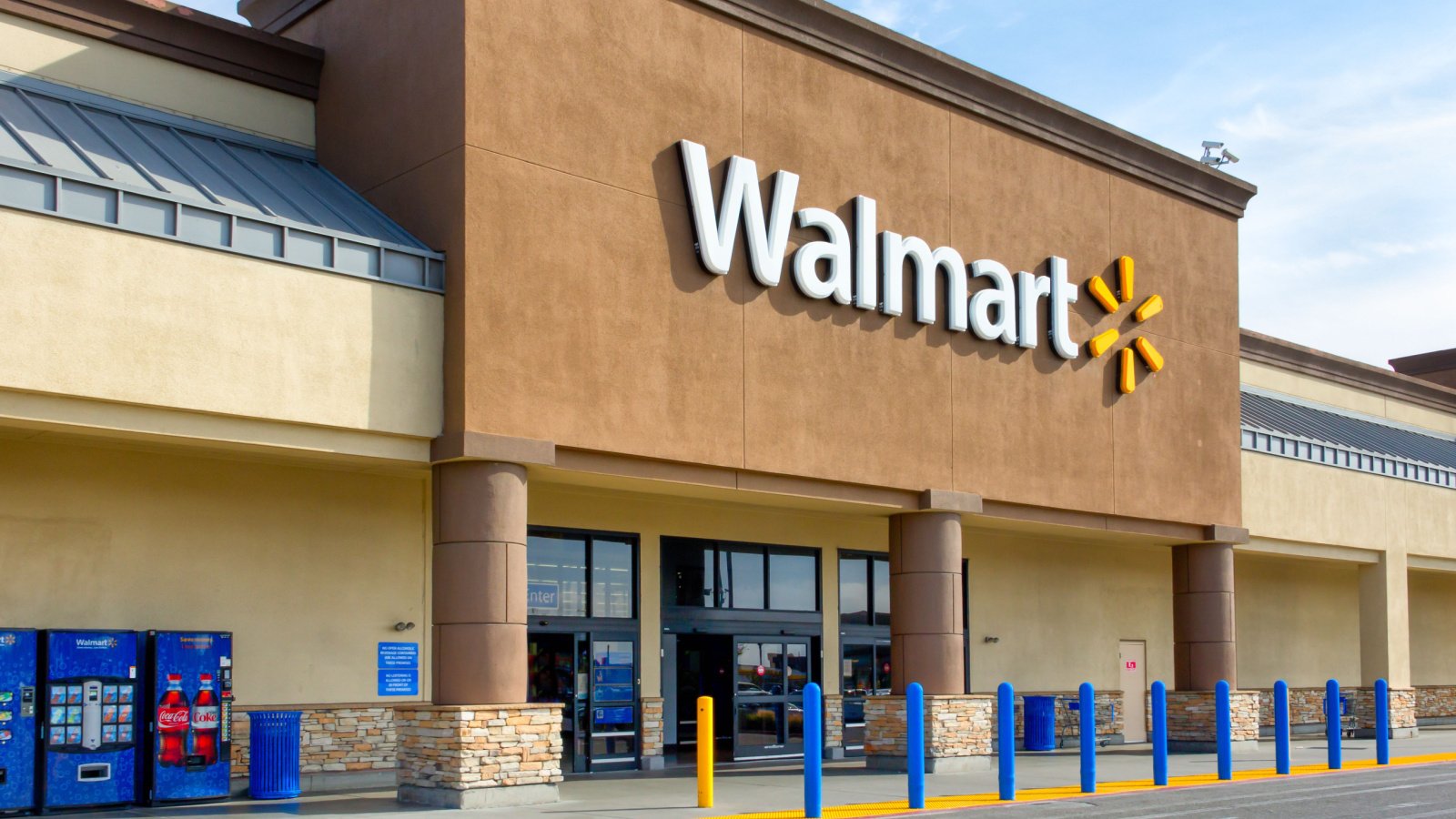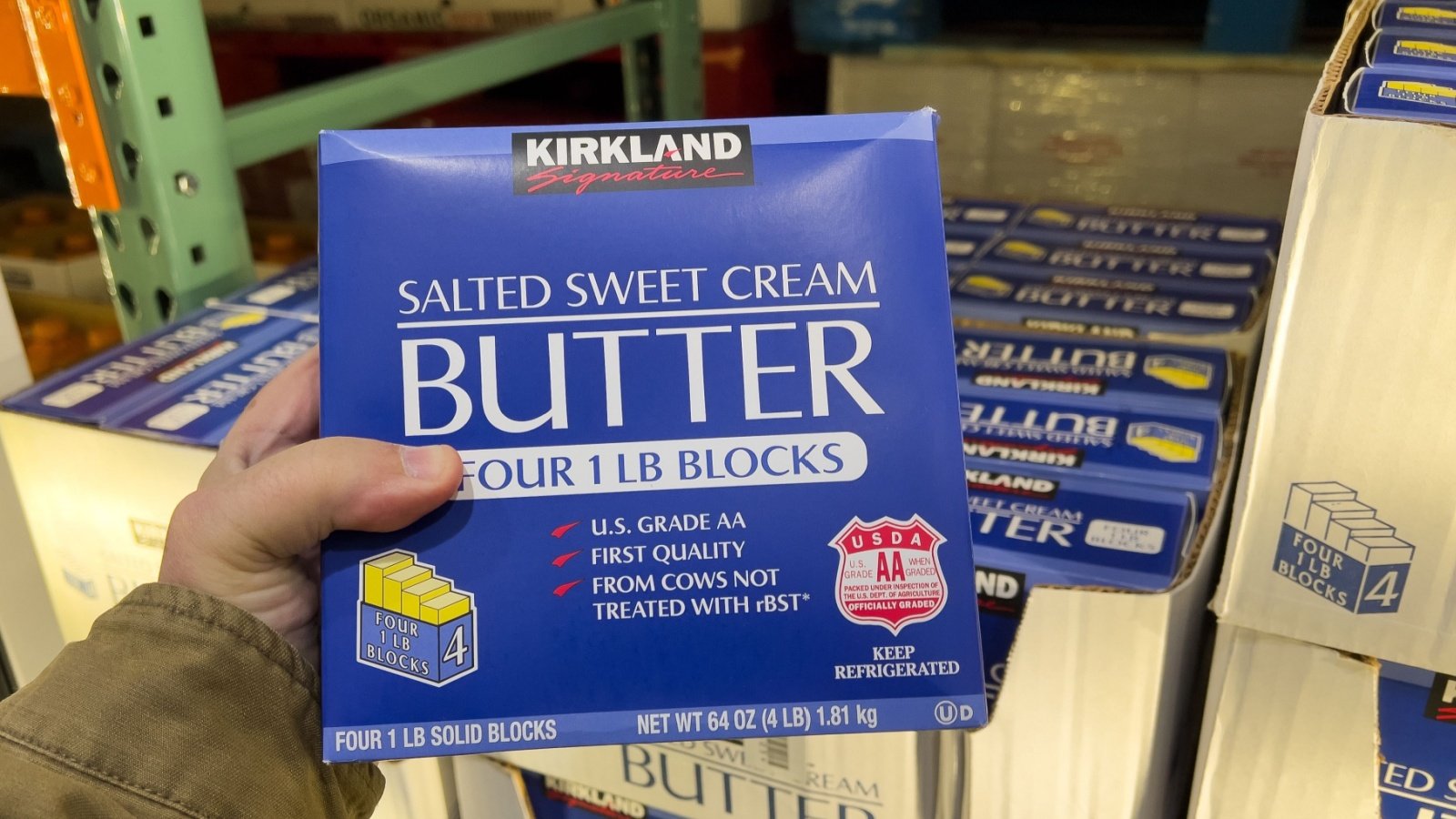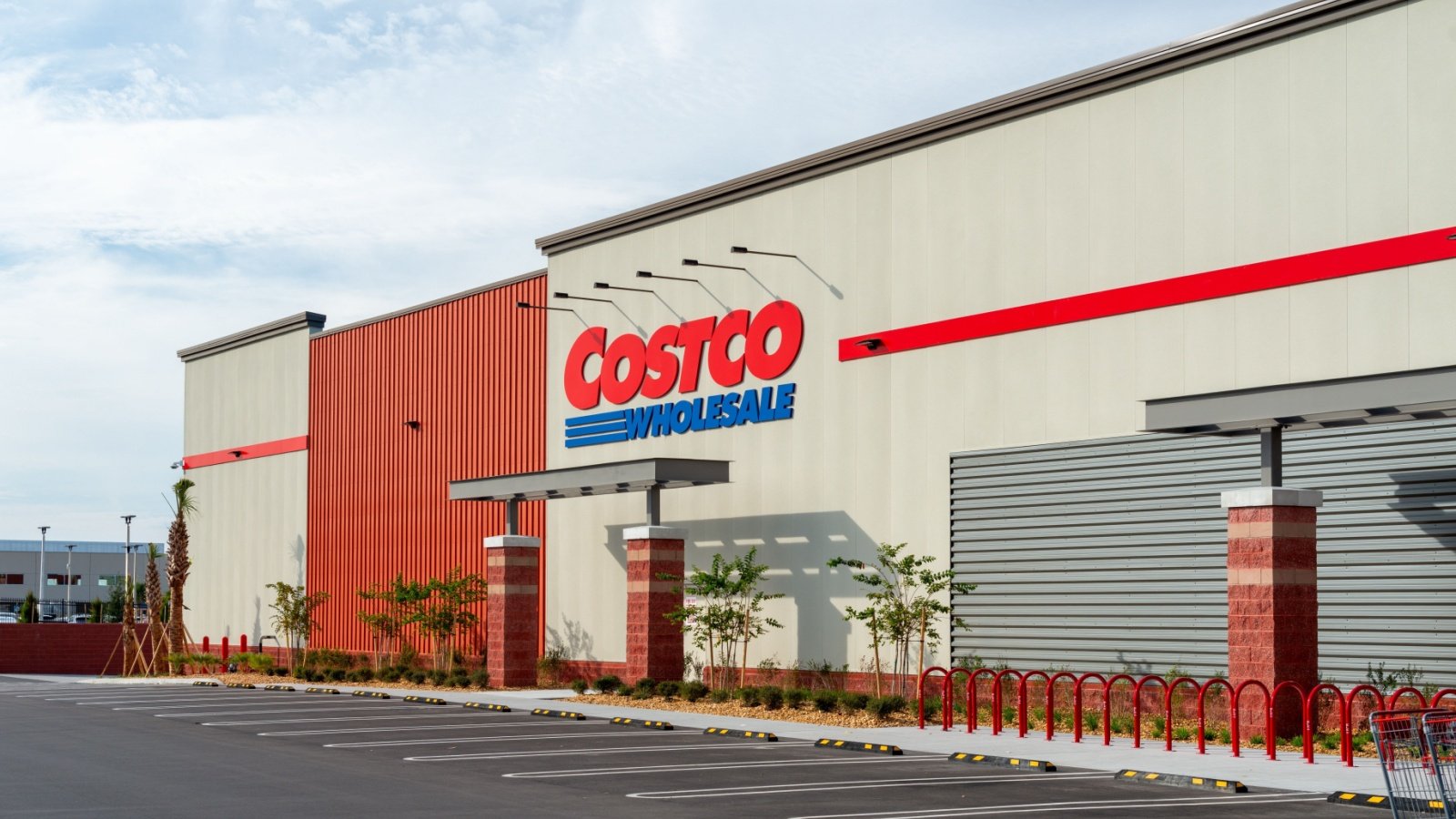A recent article in Fortune magazine featured America’s quintessential big-box, membership-based store—Costco. This store seems to have found the sweet spot of appealing to shoppers’ instincts while also honing a business model touted by one of the highest authorities in business and finance—Warren Buffett’s lieutenant, the late Charlie Munger, who once said that he wished everything in the U.S. ran as well as Costco.
This article will examine the business sense and consumer appeal of the giant retailer.
Sensory Overload

The Costco warehouse, similar from one to the next, resembles an airplane hangar. It is a vast and open concept with an industrial feel. Aside from merchandisers handing out samples, it is not typical to find idle employees on the sales floor except at checkout or behind a barricade in the meat and bakery departments. Items are grouped with items of similar function, but there are few to no signs, as configuration changes regularly with the seasons.
Bulk Buying Challenges

One characteristic most people know about Costco is that many products are sold in bulk. Rather than picking up a can or two of tomato paste or green beans, you will buy at least twelve. Toilet paper comes in a package with as many as 36 rolls. One cannot purchase one bag of bagels; there is a minimum of two bags. Additionally, except for always-in-demand grocery items like milk and eggs or batteries, the inventory shifts monthly or seasonally. Therefore, many find they are not able to complete an entire shopping list at Costco.
There are few items in the store relative to other departments or big-box stores such as Walmart or Target, which ordinarily have any item a common household might need at any given time. Costco is more selective with the products in stock, and they keep significant backstock, piling it high on rafters in the open warehouse.
Hidden Benefits

Despite the initial challenges, you might find unexpected benefits. You could stumble upon nifty items like flip-flops you didn’t realize you needed, and the bulk purchases mean you won’t need to buy certain items again for a long time.
The checkout lines, although long, tend to move faster than expected, and the final cost is often surprisingly low considering the number of items in your cart. These positive aspects may encourage you to return for future purchases, especially if you’re hosting events that require large quantities of food or other supplies.
Organized Chaos

There is a serious strategy and method behind the design of Costco’s warehouses, functionality, and displays. The whole method is to capture the curious customer and win them over into membership for life. In making reference to the beauty of Costco’s design, Costco board member Charlie Munger highlighted the superior management and operational skills of the corporation.
Membership Model

One of the most notable facts of Costco’s business model is that it is based on a membership strategy. Costco boasts 128 million members worldwide. Each member pays at least $60 annually for a standard membership, with many paying more for a higher benefit model. In addition to being a money-making proposition, the membership-based model lends exclusivity to the shopping experience, which appeals to many members.
The targeted shopper also allows Costco to better tailor products to the specific demographic who would be inclined to shop at Costco, providing variety and offering products attractive to a particular segment of the population.
Cult Following

Costco has also amassed a cult following, a presence in popular culture, and a coterie of blogs and social media accounts surrounding the offerings and sales of items at Costco. The popularity of these accounts reflects interest in the company but also echoes back into the generation of more interest in shopping there from at least some non-members.
Financial Growth

Costco’s unique business model has been significantly successful for the entity. In the past 35 years, Costco has increased its net sales by almost 10 percent annually. These sales numbers far outpace overall retail spending. A key factor in Costco’s financial success is its membership program. Membership fees make up two-thirds of Costco’s earnings. The fees give Costco the leverage to bargain with suppliers and maintain competitive pricing on desirable merchandise.
Key Merchandise

The way Costco optimizes its merchandising strategy is through economies of scale. They place large orders for a limited number of products. This incentivizes manufacturers to provide better prices and guarantee quick production times. Placing bulk orders on a limited range of items allows Costco to sell desirable, high-quality items to customers for a competitive price.
As an example, Costco will not carry many different summer sandals, though they will order millions. The sandals they do carry, however, will appeal to many customers and will be offered only in a limited range of colors and sizes.
Streamlined Selection

While Walmart typically carries 120,000 items, a single Costco warehouse might have an inventory of only 3,800 items. This prevents shoppers from the decision fatigue they often face when looking at a whole aisle dedicated to one particular type of item such as plastic sandwich bags, shampoo, or canned beans.
Costco officials believe that the intentional curation of limited products-per-type cultivates a culture in which shoppers trust Costco’s buyers to make the best choice for them.
Private Label Success

Another secret of Costco’s success is its private label, Kirkland Signature. The Kirkland Signature label generates about 23 percent of Costco’s revenue. The line includes a variety of products, including many staple items. By keeping these staples always in stock and at a highly competitive price, Costco is able to secure the loyalty of customers. Top-name brands often produce Kirkland Private Label goods for Costco, ensuring quality control for the products.
High-End Appeal

Costco appeals to more affluent customers than other big-box stores such as Walmart. According to the Fortune magazine article, the household income for an average Costco member is significantly higher than the household income of a Walmart shopper, for instance. Therefore, Costco offers higher-end items at competitive prices, which appeals to both the bargain hunters as well as the more label-conscious consumer.
Relying on this customer base translates into more sales, as higher-income households are better able to buy ahead in bulk rather than buying only what is needed at the moment with what money is available at the moment.
Store Layout and Efficiency

Costco’s store layout is as strategic as everything else the corporation undertakes. Expensive items, such as electronics, are near the entrance. Fortune magazine argues that this allows members to cost out the value of their annual membership fee in light of the cost savings on a television, phone, or laptop. Additionally, essential goods and grocery staples are in the back of the store, necessitating a walk through the entire store to grab the items shoppers would typically come in for.
Along the route around the store, other seasonal items of interest often grab the attention of shoppers, whether Costco is featuring Christmas displays in November or gazebos in May.
Employee Stability

Another hallmark of a good sales operation is a well-trained and efficient staff. Costco is known to pay their employees competitive wages and benefits, thereby retaining employees over the long term. Longer-term employees mean fewer hitches at checkout and rapid response to questions and needs. Even at the highest levels, Costco executives have been long-tenured within the company.
Future Growth

While Costco has expanded into most cities and large suburban areas throughout the United States, its growth has not slowed down. Costco has begun efforts to expand e-commerce domestically and expand internationally as well. International expansion shows great promise for growth for the company, and many store openings are underway.
Central to its success in North America, Costco will likely continue to focus on its member base and continue to provide the tailored benefits consumers demand from the company and reward them with their loyalty.








Das ansprechende Design und die benutzerfreundliche Oberfläche machen es einfach, sich
zurechtzufinden und die verschiedenen Spiele zu genießen. 1Red Casino bietet ein vielseitiges Spielerlebnis mit einer
breiten Auswahl an Spielen und innovativen Funktionen, die das Spielerlebnis bereichern. Mit traditionellen Zahlungsmethoden und Kryptowährungen bietet
das Casino flexible Zahlungsoptionen für alle Spieler. Ricky Casino
sticht durch seine attraktiven Bonusangebote und eine beeindruckende Spieleauswahl hervor.
Die Sicherheit der Spieler wird durch die Regulierung der Gemeinsamen Glücksspielbehörde der Länder
gewährleistet. Mit über 350 Spielautomaten und einer Vielzahl von Spielen von führenden Anbietern bietet es ein umfangreiches und abwechslungsreiches Spielerlebnis.
Benutzer können nicht um echtes Geld spielen, sodass Ihr Zeitvertreib als
normale legale Unterhaltung angesehen wird. Solche Video-Spielautomaten spielen mit Ihrer Nostalgie,
denn Sie sehen Ihre Lieblingshelden wieder
und erhalten spannende thematische Boni. Verfolgen Sie die Neuerscheinungen auf unserer Webseite, sodass Sie zu den Ersten gehören, die die neuesten Spielautomaten von den besten Entwicklern spielen können.
References:
https://online-spielhallen.de/rizk-casino-erfahrungen-ein-detaillierter-blick-auf-meine-spielerlebnisse/